What Causes Potholes?
Potholes are caused by the expansion and contraction of ground water after the water has entered into the ground under the pavement. When water freezes, it expands. If it has a chance to freeze, it will take up more space under the pavement, and the pavement will expand, bend, and crack, which weakens the pavement. Then when ice melts, the pavement contracts and leaves gaps or voids in the surface under the pavement, where water can get in and be trapped. If the water freezes and thaws over and over, the pavement will weaken and continue cracking.
As the weight of cars and trucks pass over the weak spot in the road, pieces of the roadway material weaken, which will cause the material to be displaced or broken down from the weight, creating the pothole.
Effective Pothole Prevention & Repair Methods
As mentioned, it’s always better to have a proactive rather than reactive approach to dealing with potholes and that includes sealcoating your asphalt parking lot every two to three years to prevent damages.
Cracksealing
Crack sealing uses specialized materials that when heated bond to the walls of the crack, while being able to move with the pavement as it expands and contracts, preventing intrusion of water and debris into the crack.
Sealcoating
Sealcoating protects and extends the life expectancy of your asphalt driveway or parking lot by providing a protective layer to keep out damaging UV rays, vehicle fluids and water.
Cold Patch Pothole Repair
This is a temporary solution for repairing potholes, but it’s still effective enough to last you a long time. Ideally, this method should only be used during the time of year (typically December through March/April) when the asphalt plants are not producing hot mix asphalt.
Installing cold patch has three simple steps:
-
Thoroughly clean all loose debris from pothole.
-
Pour asphalt and spread throughout the pothole.
-
Compact the cold mix until it’s level with the pavement.
Infared Repair
The concept of infrared repair in layman’s terms is the process of heating up a repair area using infrared wavelengths to a temperature of 350˚F in order to rake, lute, and compact the repair area leaving a seamless and thermally bonded transition between the repair area and the surrounding asphalt.
Cut & Patch Pothole Repair
Saw cut and removal is the most permanent asphalt repair method performed. The damaged area is cut out, debris removed and is replaced with new hot-mix asphalt then compacted with a vibratory roller. Upon completion, the saw-cut joint is sealed with a hot-rubberized crack sealant to prevent water infiltration.
Two Men And A Striper, LLC is one of the leading asphalt maintenance companies in Pittsburgh. Contact us today to book an appointment.
Here is a link to another great write up on what causes potholes.
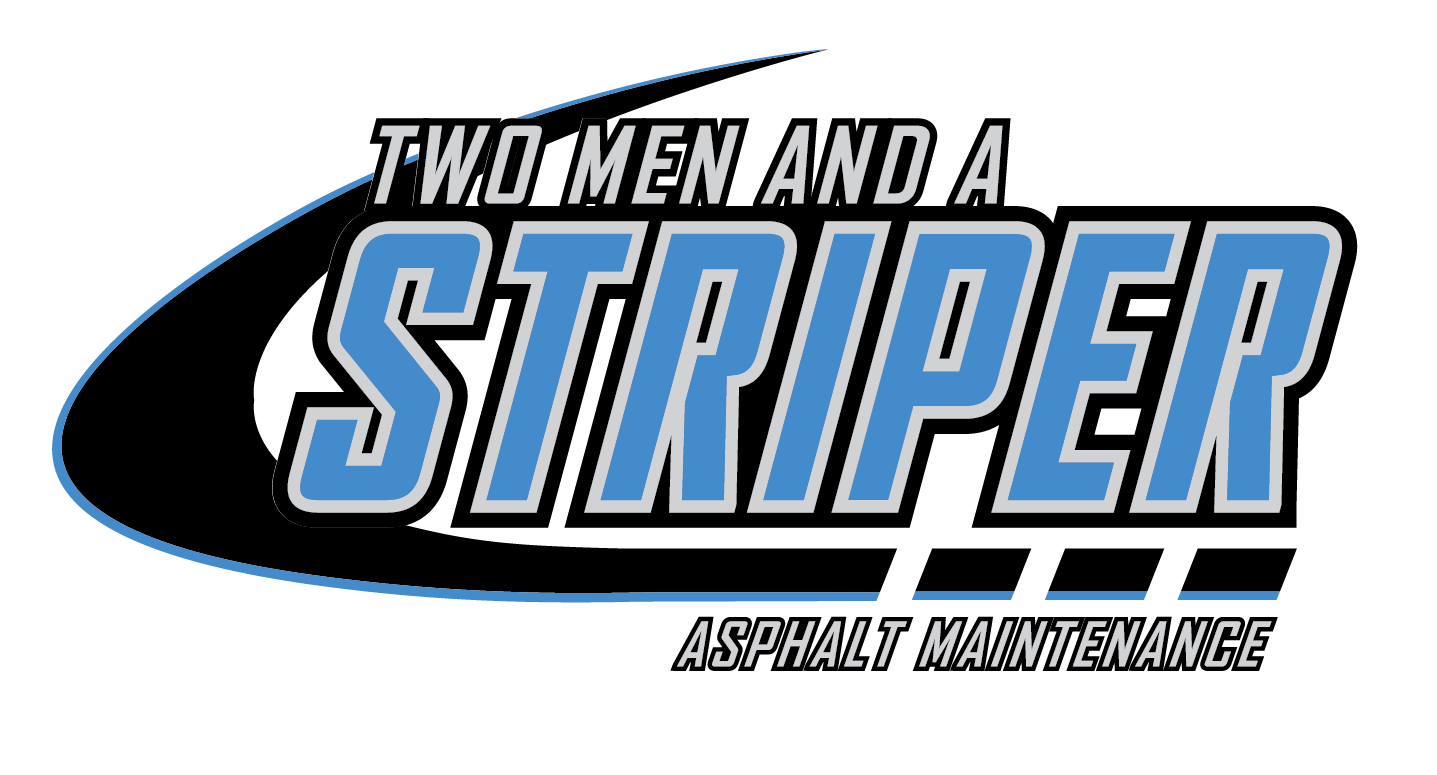
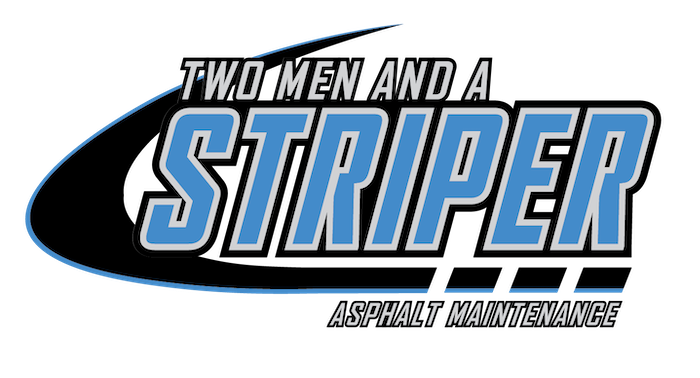
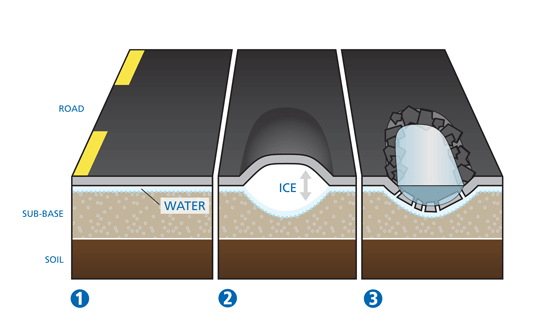
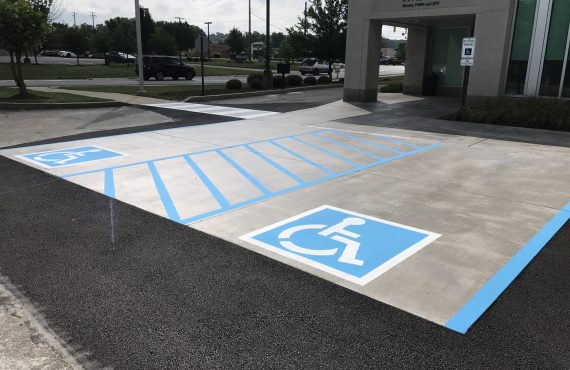
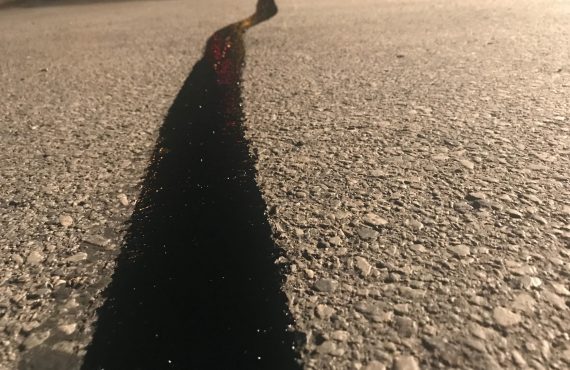
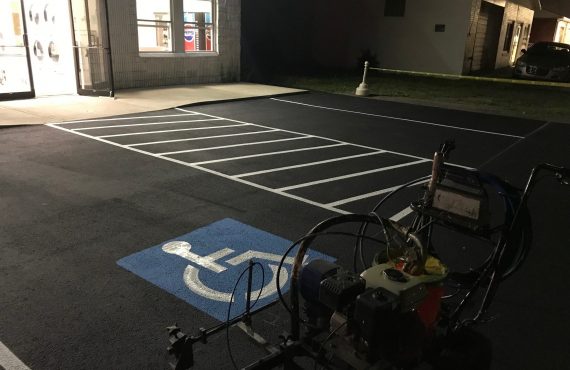
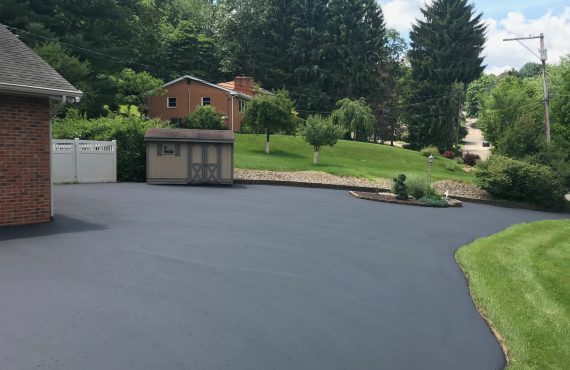
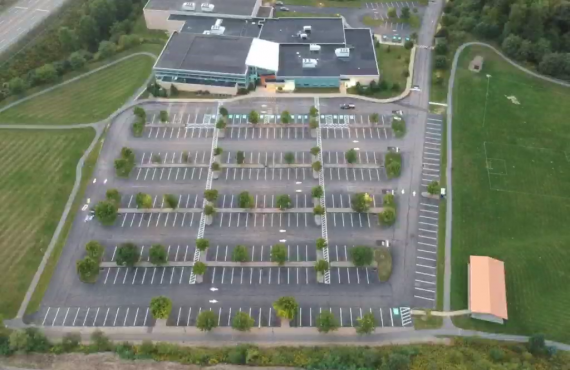
No comments yet.